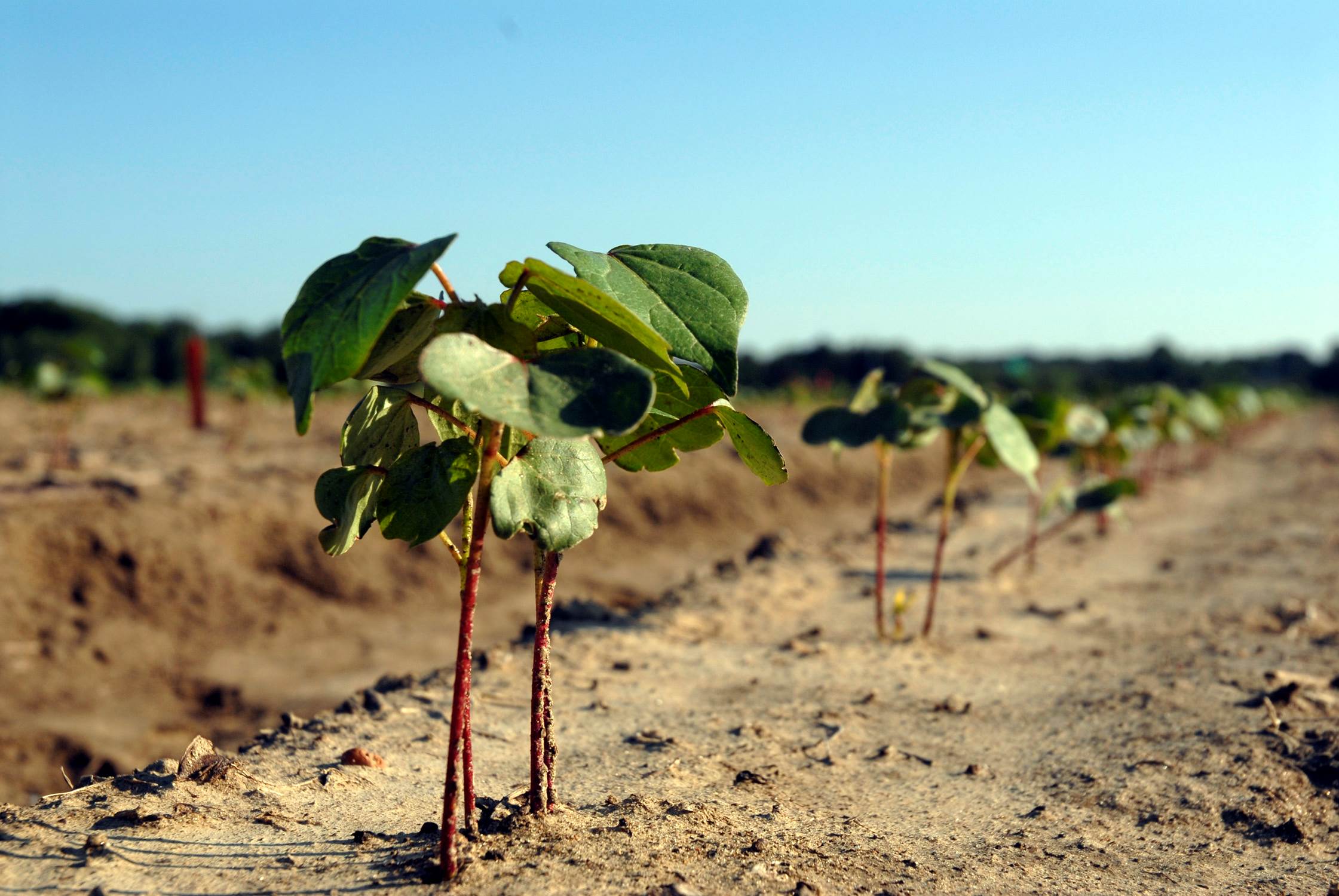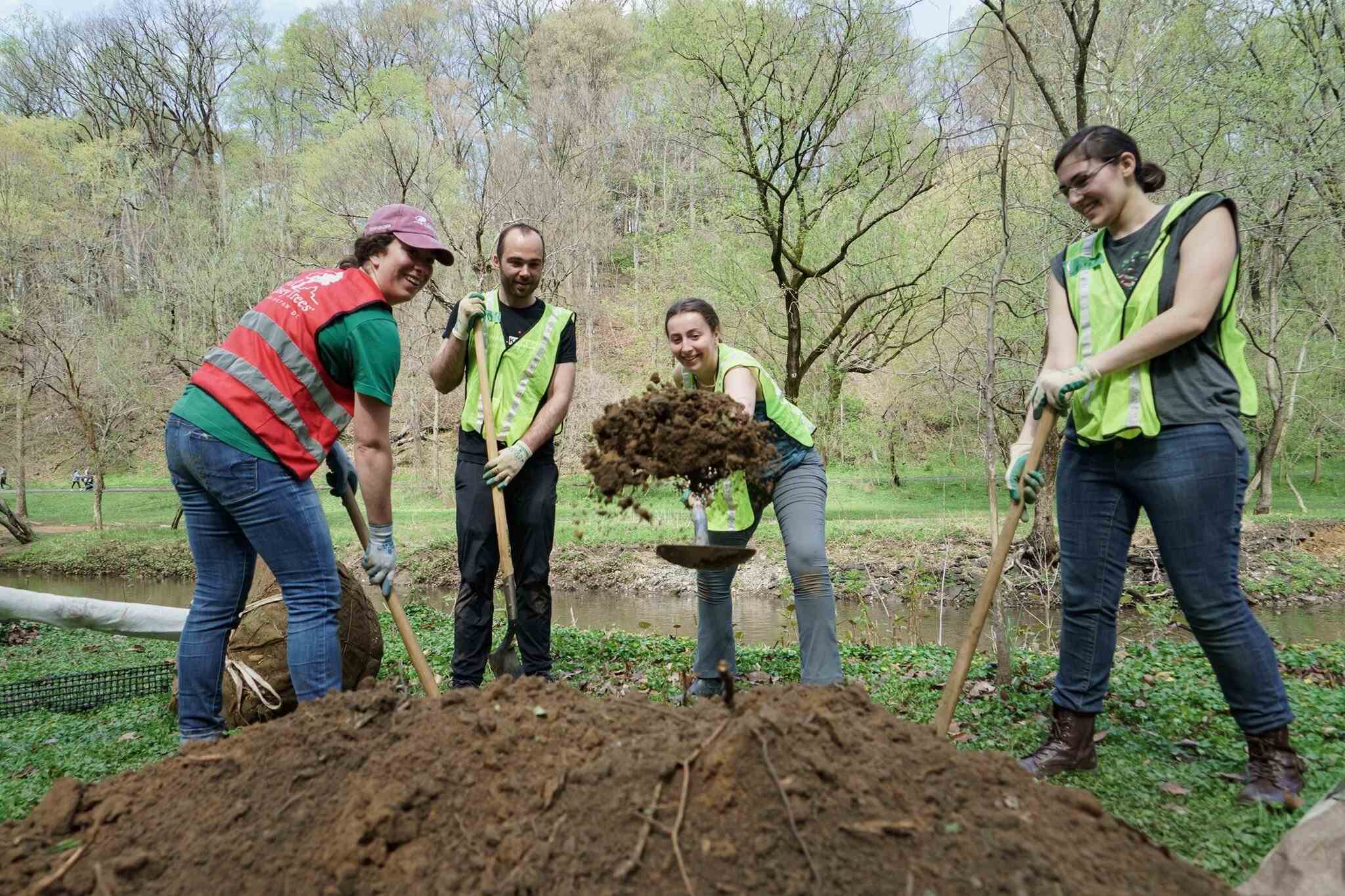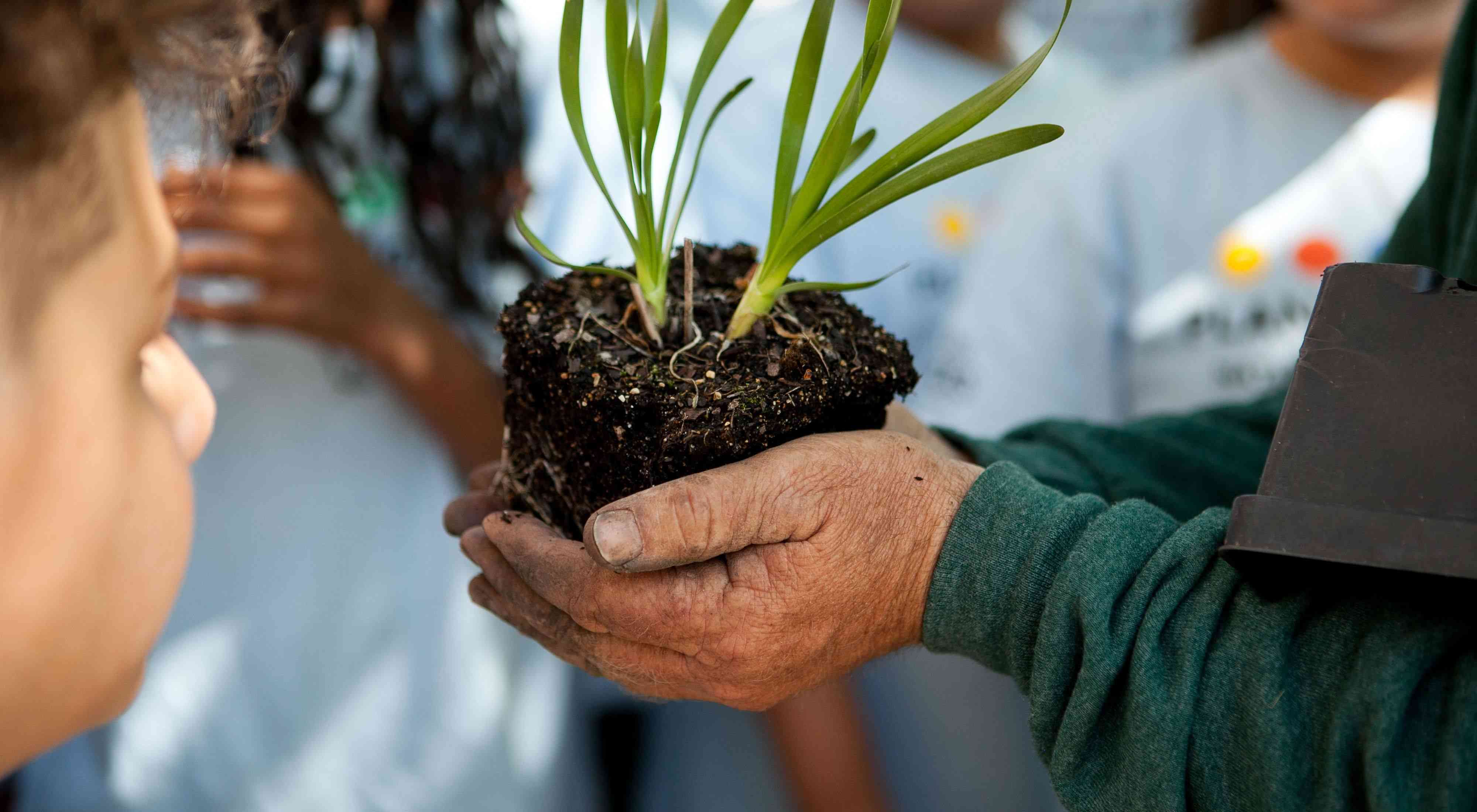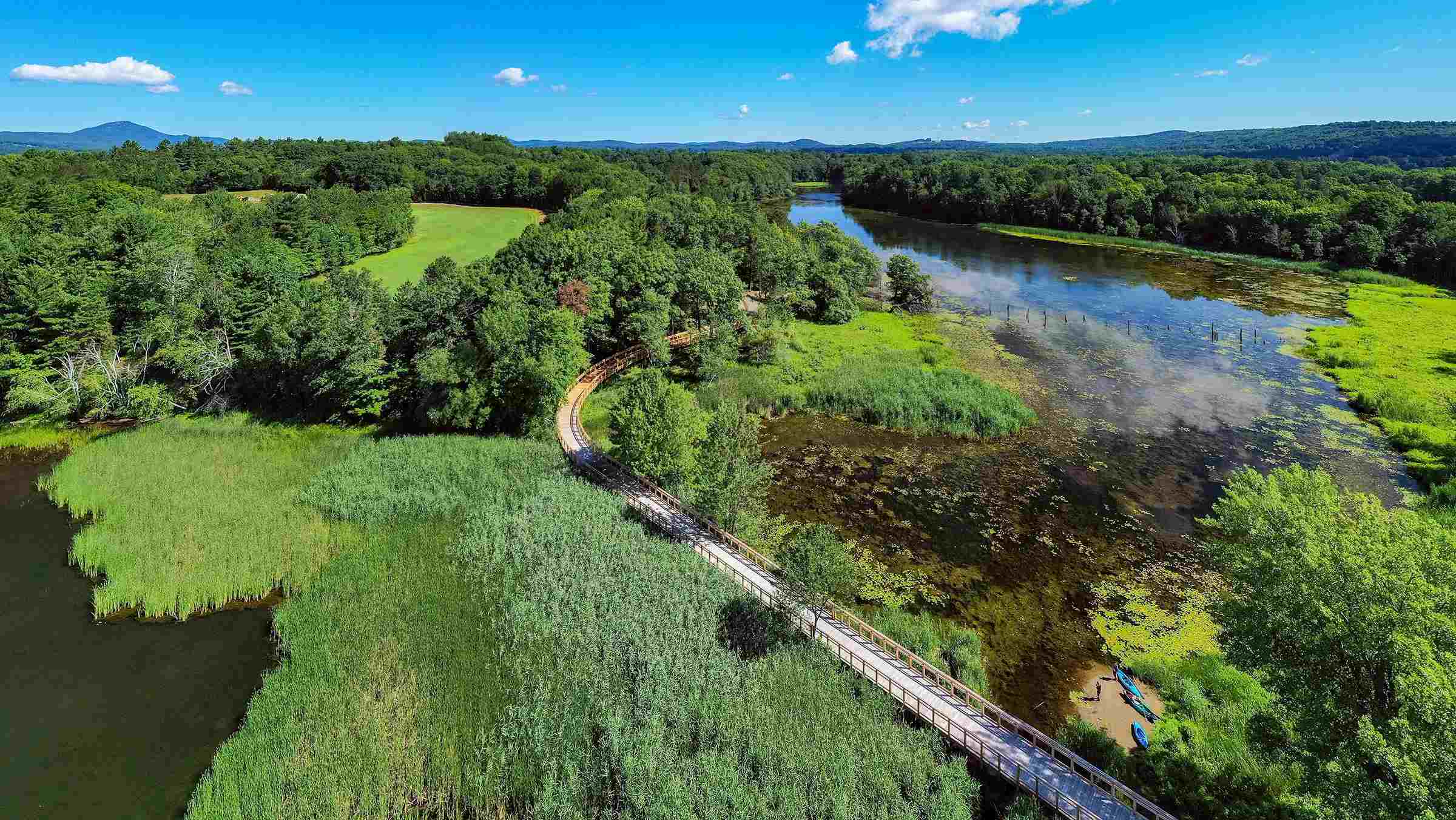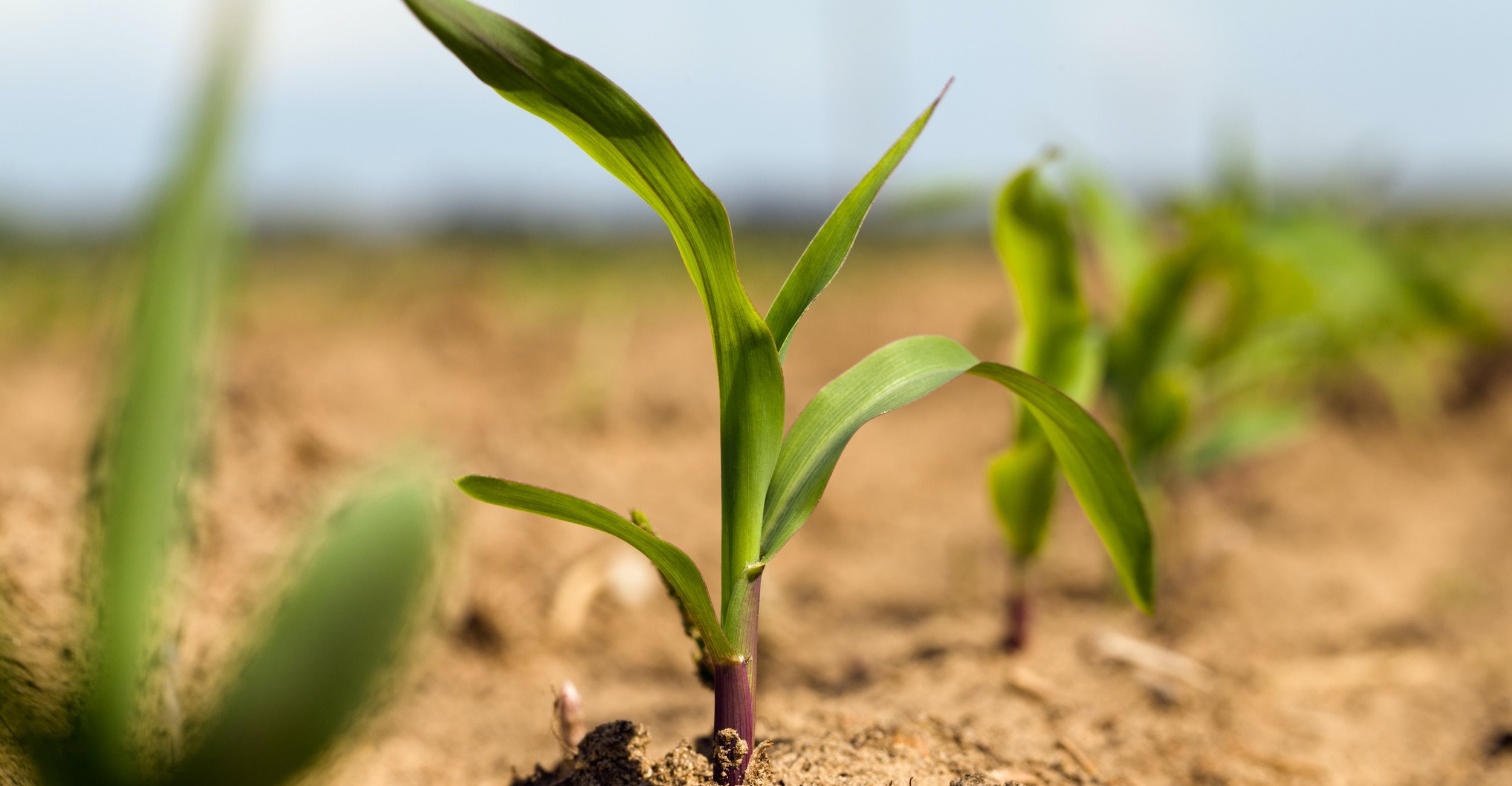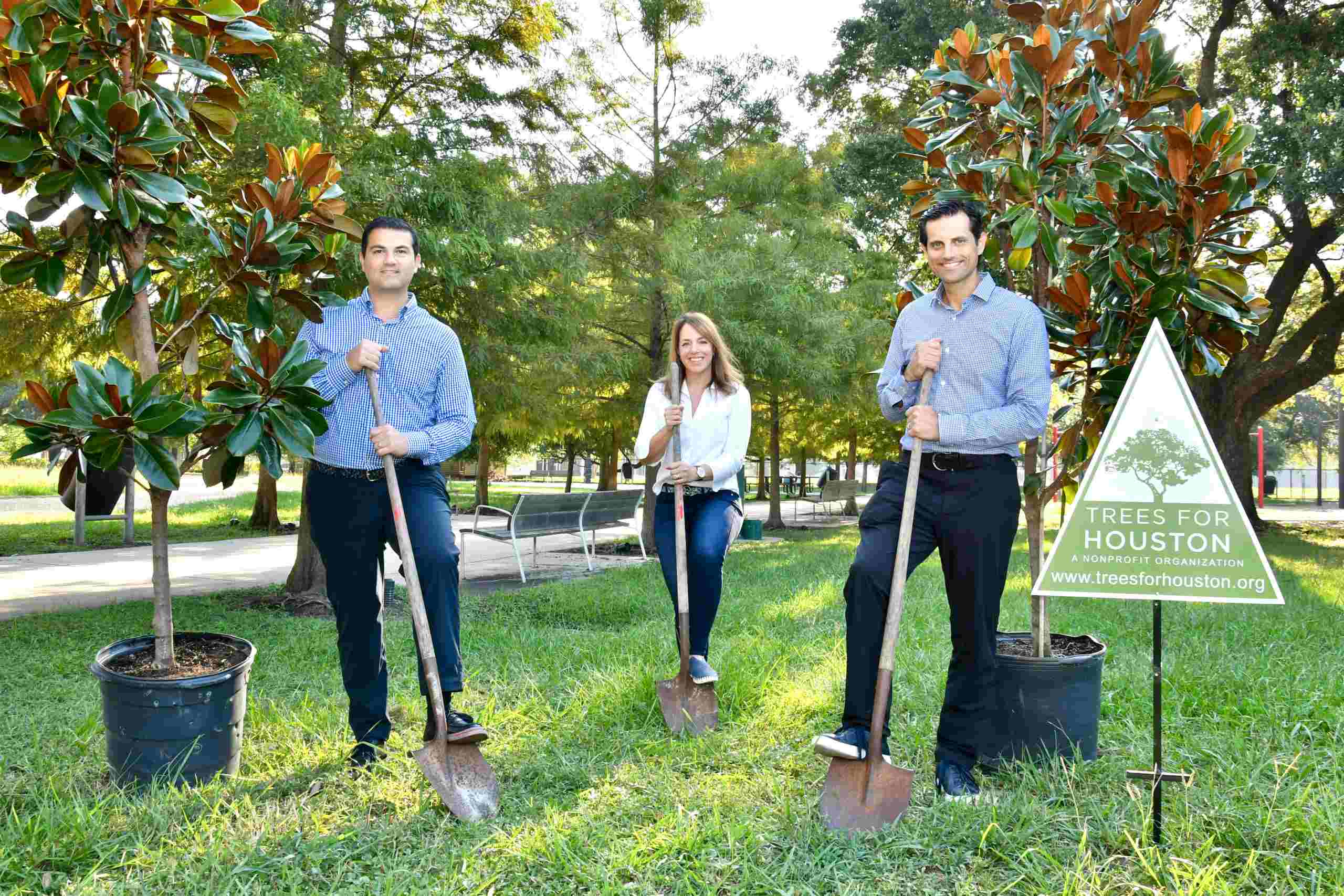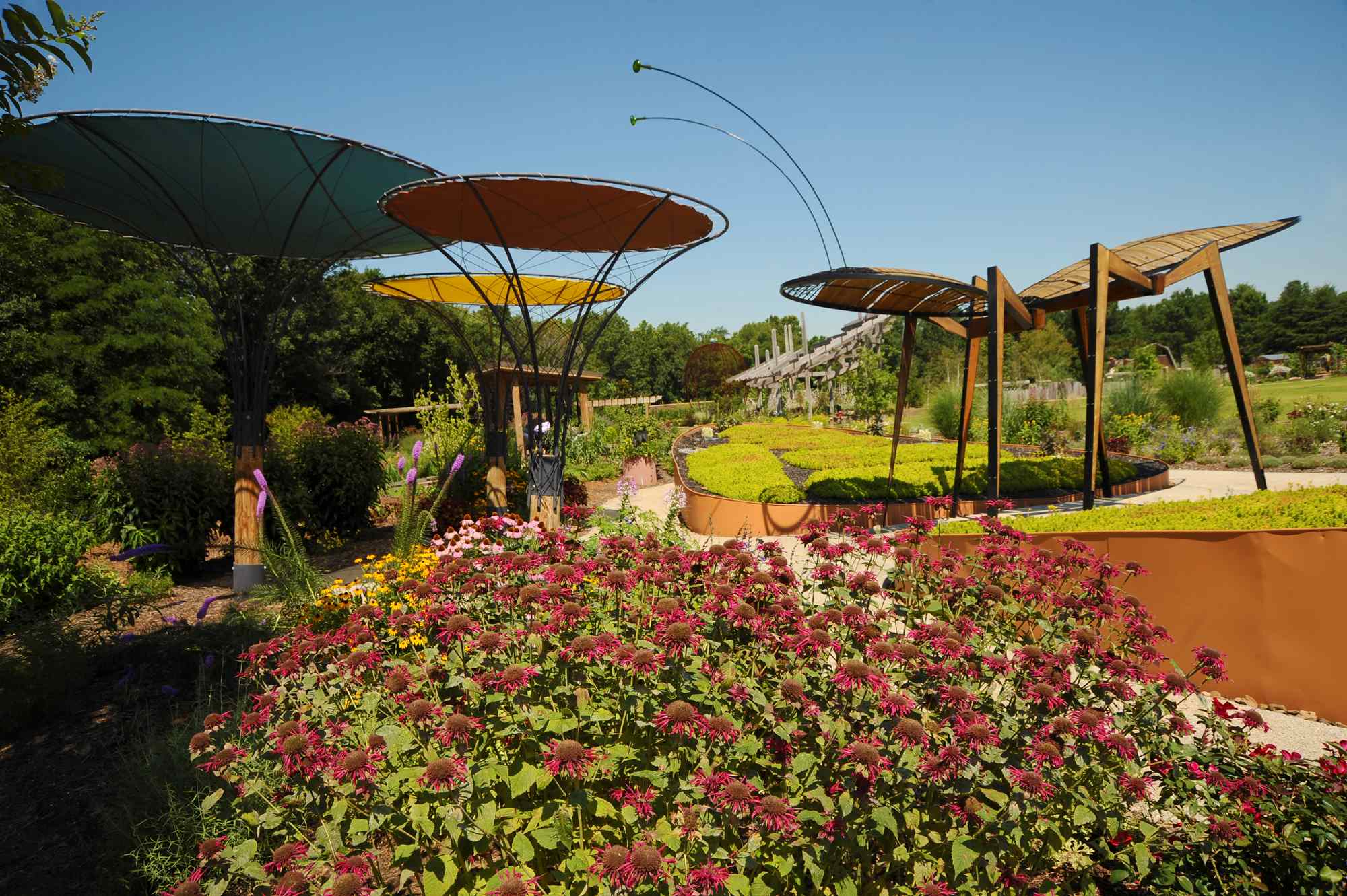Home>Gardening Basics>Understanding Soil>What Planting Zone Is Southern Wisconsin


Understanding Soil
What Planting Zone Is Southern Wisconsin
Modified: January 22, 2024
Discover the planting zone for southern Wisconsin and gain a better understanding of soil conditions. Find valuable tips and insights to optimize your gardening success.
(Many of the links in this article redirect to a specific reviewed product. Your purchase of these products through affiliate links helps to generate commission for Chicagolandgardening.com, at no extra cost. Learn more)
Table of Contents
Introduction
Welcome to the beautiful and diverse region of southern Wisconsin! Located in the Upper Midwest, southern Wisconsin is known for its fertile lands, picturesque landscapes, and vibrant communities. Whether you are a seasoned gardener or just starting out, understanding the unique planting zones in this area is crucial for successful gardening.
Planting zones, also known as hardiness zones, play a vital role in determining the types of plants that can thrive in a particular region. These zones are determined based on climatic conditions such as average annual minimum temperatures. By understanding the specific planting zone for southern Wisconsin, you can select the right plants that are suited to the local climate and ensure their long-term growth and survival.
To help gardeners and horticulturists navigate the vast variety of plants available, the United States Department of Agriculture (USDA) has developed the Plant Hardiness Zone Map. This map divides the United States into different planting zones based on temperature ranges. By referring to this map, gardeners can identify the appropriate zone for their location and make informed decisions about which plants to grow.
Now, let’s explore the specific planting zone for southern Wisconsin and discover the factors that influence it. Whether you have a small container garden, a backyard vegetable patch, or a sprawling landscape, understanding the planting zone can guide your plant selection and ensure a thriving and beautiful garden.
Understanding Planting Zones
Planting zones, as mentioned earlier, are essential for determining which plants can thrive in a particular region. These zones provide valuable information about the temperature extremes and climate conditions that plants can tolerate. By understanding the characteristics of different planting zones, gardeners can make informed decisions about their plant selection and ensure the best chance of success.
The USDA Plant Hardiness Zone Map is the standard reference for identifying planting zones in the United States. This map divides the country into 13 distinct zones, each representing a specific temperature range. Zones 1 and 2 are the coldest, with the lowest temperatures, while zones 12 and 13 are the warmest, with the highest temperatures. Southern Wisconsin falls into the range of zones 4a to 5b, indicating its moderate to cold climate.
In addition to temperature, planting zones consider other factors such as rainfall, humidity, and wind patterns. These factors influence the overall health and growth of plants. By understanding these local climate conditions, gardeners can select plants that are well-suited to their specific area.
Additionally, planting zones can help determine the appropriate time for planting and harvesting crops. By considering the average frost dates and growing season length of your specific zone, you can effectively plan your garden and maximize its productivity. Understanding the unique characteristics of planting zones is the first step towards becoming a successful gardener in southern Wisconsin.
It’s important to note that while planting zones provide valuable guidelines, they are not the only factors that influence plant growth. Microclimates, which are small-scale variations in temperature and growing conditions within a given area, can also impact the success of specific plants. Factors such as elevation, proximity to large bodies of water, and the presence of buildings or other structures can create microclimate variations.
By understanding the broader planting zone and considering the potential microclimates in your specific area, you can make informed decisions about the plants you choose to grow and their placement within your garden. This knowledge will help you create a thriving and resilient garden that can withstand the unique climatic challenges of southern Wisconsin.
USDA Plant Hardiness Zone Map
The USDA Plant Hardiness Zone Map is an invaluable tool for gardeners and horticulturists across the United States. Developed by the United States Department of Agriculture, this map provides a standardized system for identifying and understanding the climatic conditions in different regions of the country.
The map divides the United States into 13 distinct zones, based on average annual minimum temperatures. Each zone represents a 10-degree Fahrenheit temperature range. Zones 1 and 2 are the coldest, experiencing the lowest average minimum temperatures, while zones 12 and 13 are the warmest, with the highest average minimum temperatures.
For gardeners in southern Wisconsin, the USDA Plant Hardiness Zone Map is particularly relevant. The southern part of the state falls within the range of zones 4a to 5b. This means that the average annual minimum temperatures in this region can range from -30°F in zone 4a to -10°F in zone 5b.
By identifying the specific zone for your location in southern Wisconsin, you can make informed decisions about the types of plants that will thrive in your garden. Different plants have different temperature tolerances, so selecting varieties that are well-suited to your specific zone can significantly increase your chances of success.
It’s important to note that while the USDA Plant Hardiness Zone Map provides a helpful starting point, it is not the only factor to consider when selecting plants. Microclimates, as discussed earlier, can create localized temperature variations within a given zone. It’s also important to consider other climatic factors such as rainfall, humidity, and wind patterns when choosing plants for your garden.
Gardeners can access the USDA Plant Hardiness Zone Map online through the USDA’s website or other gardening resources. By simply entering your ZIP code or location, you can quickly determine your specific planting zone.
When planning your garden in southern Wisconsin, referring to the USDA Plant Hardiness Zone Map will give you valuable insights into the climatic conditions in your area. This knowledge will guide your plant selection, timing of planting, and overall garden management, ensuring that you create a thriving and resilient garden that can withstand the unique challenges of the region.
Southern Wisconsin’s Planting Zone
Southern Wisconsin is known for its diverse landscapes, ranging from lush forests and rolling hills to fertile farmlands. In terms of the USDA Plant Hardiness Zone Map, this region falls within the range of zones 4a to 5b. Understanding the specific planting zone of southern Wisconsin is crucial for successful gardening and selecting the right plants for your garden.
In zone 4a, which covers the northern part of southern Wisconsin, the average annual minimum temperature ranges from -25°F to -30°F. This means that gardeners in this zone should choose plants that can tolerate the colder winters and occasional frost. Recommended plants for this zone include cold-hardy vegetables like cabbage, kale, and carrots, as well as perennials such as hostas and daylilies that can withstand the colder temperatures.
In zone 5b, which covers the southern part of southern Wisconsin, the average annual minimum temperature ranges from -10°F to -15°F. While slightly milder than zone 4a, gardeners should still select plants that can handle the occasional freezing temperatures and frost. Recommended plants for this zone include a wider variety of vegetables such as tomatoes, peppers, and cucumbers, as well as flowering plants like hydrangeas and tulips.
It’s important to note that planting zones are not the only factor to consider when selecting plants. Factors such as soil type, sun exposure, and moisture levels also play an important role in determining plant success. Conducting a soil analysis and understanding the specific growing conditions in your garden will further enhance your plant selection process.
Gardeners in southern Wisconsin can also take advantage of the region’s longer growing season. The frost-free period typically ranges from 140 to 160 days, providing ample time for the growth and development of various crops and plants.
By considering the specific planting zone of southern Wisconsin and taking into account other environmental factors, gardeners can create beautiful and productive gardens. Whether you’re interested in growing vegetables, flowers, or a mixture of both, understanding your planting zone will guide your plant selection and ensure a successful gardening experience.
Factors Affecting Planting Zone in Southern Wisconsin
While the USDA Plant Hardiness Zone Map provides a helpful guideline for identifying the planting zone in southern Wisconsin, there are several factors that can affect the local climate and, consequently, the planting zone within the region. Understanding these factors can further refine your plant selection and improve gardening success.
1. Elevation: Southern Wisconsin is characterized by varying elevations, ranging from flatlands to higher elevations in the Driftless Area. Higher elevations tend to experience cooler temperatures, which can impact the planting zone. If you live in a higher elevation area, it’s important to consider the potential for colder temperatures and select plants that are tolerant of these conditions.
2. Proximity to Water: Wisconsin is home to several large lakes, including Lake Michigan and Lake Superior, as well as numerous rivers and smaller bodies of water. These bodies of water can have a moderating effect on temperatures in nearby areas. Areas closer to water sources may experience slightly milder winters and a longer growing season compared to inland areas.
3. Microclimates: Microclimates refer to localized variations in temperature and growing conditions within a given area. Factors such as slope, proximity to buildings or structures, or even the presence of a microclimate within your own garden (e.g., a sunny spot protected by a wall), can create variations from the general planting zone. It’s important to take note of these microclimates to better understand the specific conditions in your garden and choose plants accordingly.
4. Urban Heat Island Effect: Urban areas, with their abundance of concrete and asphalt, tend to retain heat and create microclimates of their own. This can result in slightly higher temperatures compared to surrounding rural or suburban areas, potentially influencing the planting zone. If you live in an urban area within southern Wisconsin, it’s important to consider this urban heat island effect when selecting plants.
5. Soil Type and Drainage: Soil composition and drainage can also affect plant growth and survival. Some areas in southern Wisconsin have clay-rich soils that drain poorly, while others have sandy or loamy soils that drain more quickly. Understanding the soil type in your garden can help you select plants that are well-suited to those conditions and promote healthy root development.
By considering these factors alongside the USDA Plant Hardiness Zone Map, you can refine your understanding of the local climate in southern Wisconsin and make informed decisions about the plants that are most likely to thrive in your specific area. By selecting plants that are suited to the unique combination of factors in your garden, you can create a beautiful and successful gardening experience.
Recommended Plants for Southern Wisconsin
Southern Wisconsin offers a wide range of plants that are well-suited to its moderate to cold climate. By selecting the right plants for your garden, you can create a beautiful and thriving landscape. Here are some recommended plants that are known to thrive in southern Wisconsin’s planting zone:
1. Perennials: Perennial plants are a popular choice for gardens in southern Wisconsin. They come back year after year, adding beauty and color to your landscape. Some recommended perennials for this region include hostas, daylilies, coneflowers, black-eyed Susans, and sedums. These plants are known for their hardiness and ability to withstand the winter months.
2. Trees: Southern Wisconsin’s climate is ideal for a variety of tree species. Consider planting trees such as maple, oak, birch, and pine. These trees not only provide shade and aesthetic appeal but also contribute to the overall health and biodiversity of your garden.
3. Shrubs: Shrubs can add structure and texture to your garden. Recommended shrubs for southern Wisconsin include lilacs, hydrangeas, junipers, and viburnums. These plants are known for their ability to withstand Wisconsin’s cold winters and provide colorful blooms and foliage.
4. Vegetables: If you’re interested in growing your own fresh produce, there are several vegetables that thrive in southern Wisconsin’s planting zone. Cool-season vegetables such as lettuce, spinach, peas, and radishes can be planted early in the spring, while warm-season vegetables like tomatoes, peppers, cucumbers, and squash can be planted after the danger of frost has passed in late spring.
5. Herbs: Herbs are a delightful addition to any garden, providing both culinary and aesthetic value. Consider growing herbs such as basil, thyme, rosemary, and parsley. These herbs can be grown in containers or directly in the ground and can be enjoyed fresh or dried for later use in your favorite recipes.
When selecting plants for your garden, consider the specific needs of each plant, including sunlight requirements, soil type, and moisture levels. Additionally, consider the various microclimates within your garden and how they may impact the growth of certain plants.
By choosing plants that are well-adapted to southern Wisconsin’s planting zone and considering the specific factors influencing your garden, you can create a thriving and visually stunning landscape that brings you joy throughout the seasons.
Conclusion
Understanding the planting zone is crucial for successful gardening in southern Wisconsin. By referring to the USDA Plant Hardiness Zone Map, gardeners can identify their specific zone and choose plants that are well-suited to the local climate. In southern Wisconsin, the planting zone ranges from 4a to 5b, indicating a moderate to cold climate with varying temperature extremes.
Factors such as elevation, proximity to water, and microclimates can further influence the local climate and create variations within the overall planting zone. By considering these factors alongside the USDA map, gardeners can refine their plant selection and increase their chances of gardening success.
Recommended plants for southern Wisconsin include perennials such as hostas and daylilies, trees like maple and oak, shrubs including lilacs and hydrangeas, and a variety of vegetables and herbs suited to the region’s growing season.
When planning your garden, it’s important to consider the specific needs of each plant, including sunlight requirements, soil type, and moisture levels. Additionally, taking into account the microclimates within your garden and understanding the unique conditions of your specific area will further guide your plant selection and ensure the health and vitality of your garden.
By applying this knowledge and combining it with your passion for gardening, you can create a beautiful and thriving garden in southern Wisconsin. So, get your gardening gloves on and start exploring the endless possibilities that this diverse region has to offer!

